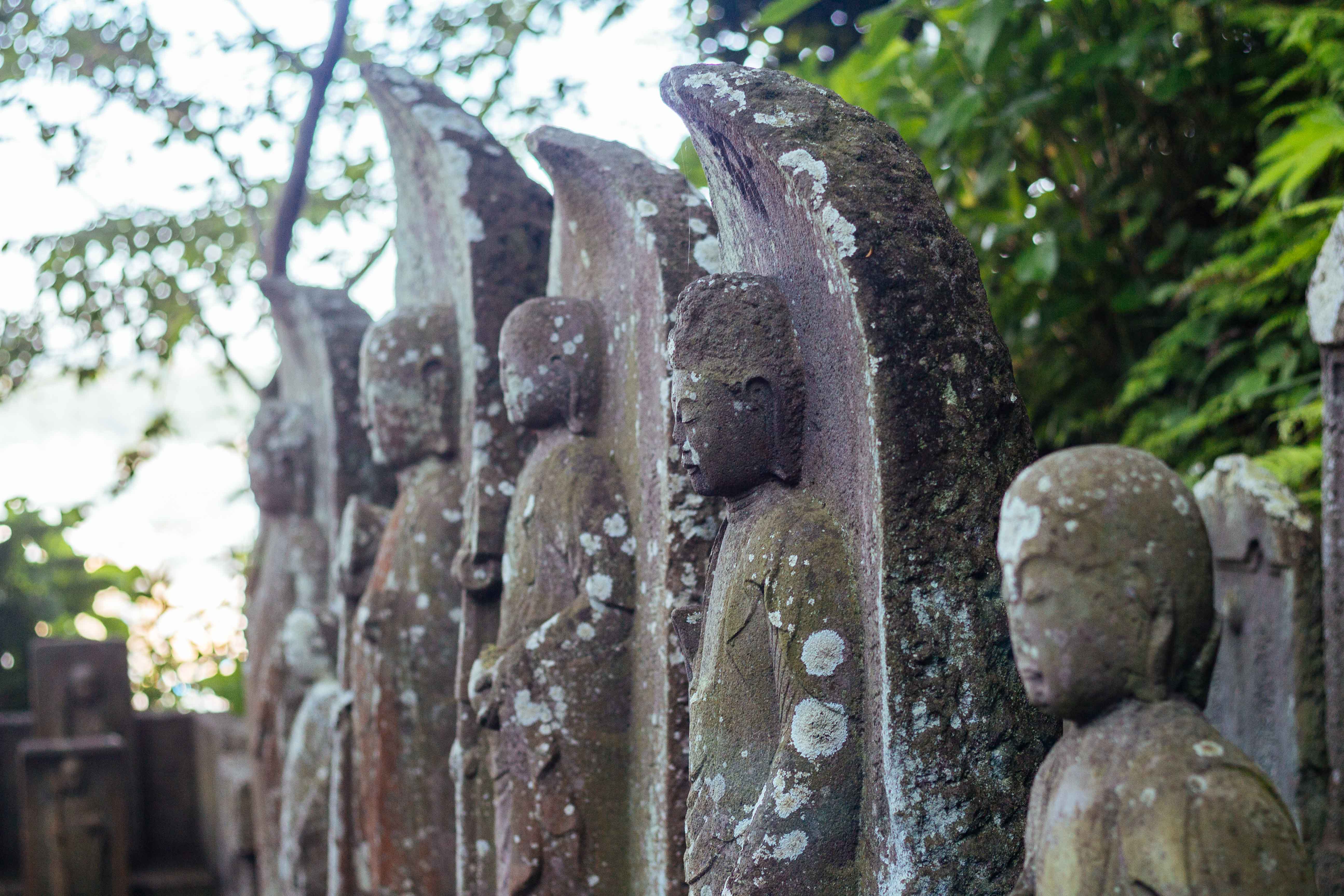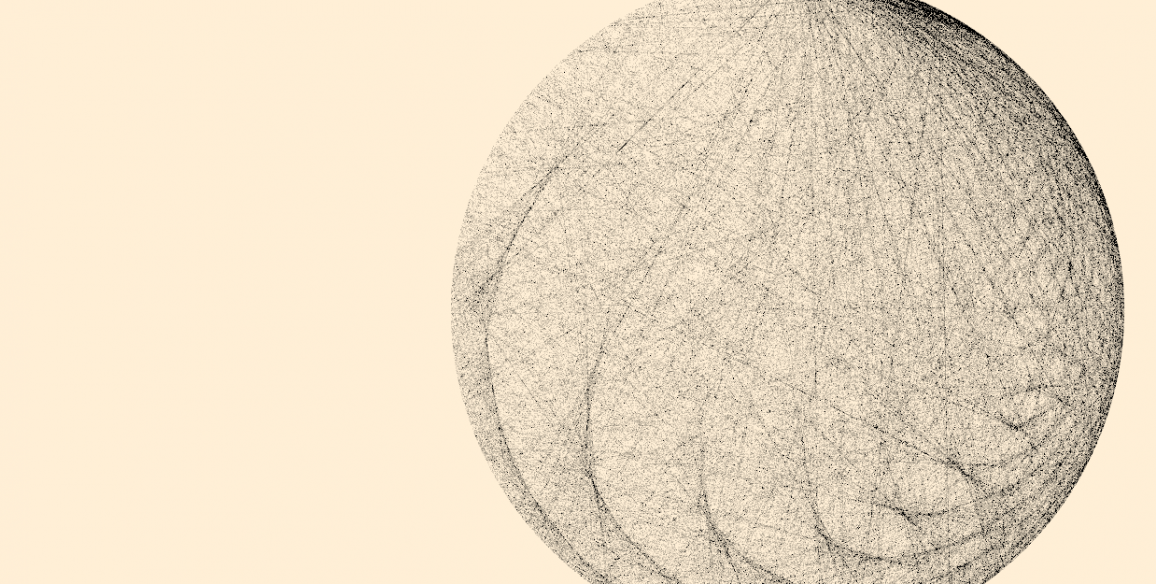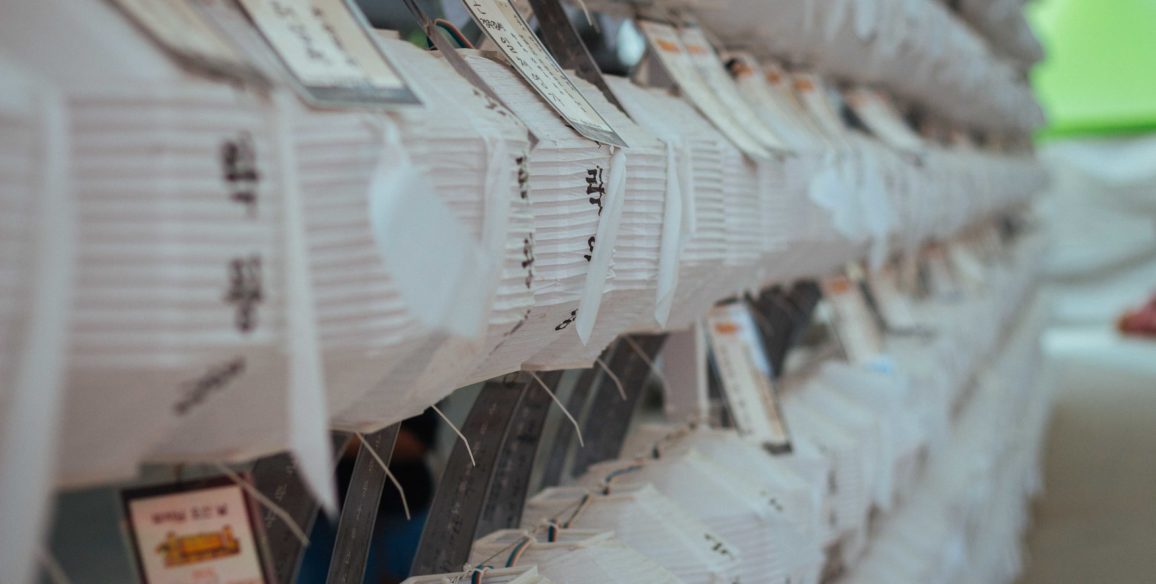
Cluster Leader: Vincent Goossaert (École pratique des hautes études) and Barend ter Haar, University of Hamburg
How do we map out and interpret the enormous and ever-expanding traditions of authoritative texts produced via revelation practices (e.g. spirit-writing)? The mechanisms by which new texts are actually created and legitimated as a cultural process–rather than reinterpreting old texts through written and oral commentaries–has not yet received much academic attention. Most attention goes to the texts themselves, and although apocrypha are now recognized as valuable objects of study, the creative processes behind them are still little understood. This cluster wants to focus on the processes rather than the contents of such new religious texts. Originally, this project intended to approach this question through a combination of historical work and field visits, but the Covid 19 pandemic put a halt to that. For this reason we have made a change to studying the huge body of new religious texts that were produced especially since the fifteenth century, such as Precious Scrolls (baojuan) and spirit written revelations. Recently a small group of scholars have set up the Chinese Religious Text Authority (CRTA) 宗教書籍規範索引 https://crta.info/ in order to collect and present reliable bibliographic and scholarly information about religious texts in Chinese produced prior to 1949. An ongoing series of source publications since the mid-1990s has made these texts more available than ever before, opening up a wealth of religious materials that shows that late imperial and Republican China were full of religious creativity and innovation. The cluster has been restructured around the CRTA as a means to approaching this wealth of material and unlock it to scholarship more broadly.
Workshop Report
Read 2019 workshop report
Read 2021 online workshop report
Read 2022 online workshop report
Read 2023 workshop report
Cluster Publications
Read working paper by QJ Zheng (English)—“Five Entry Points of using CRTA as Research Roadmap”











